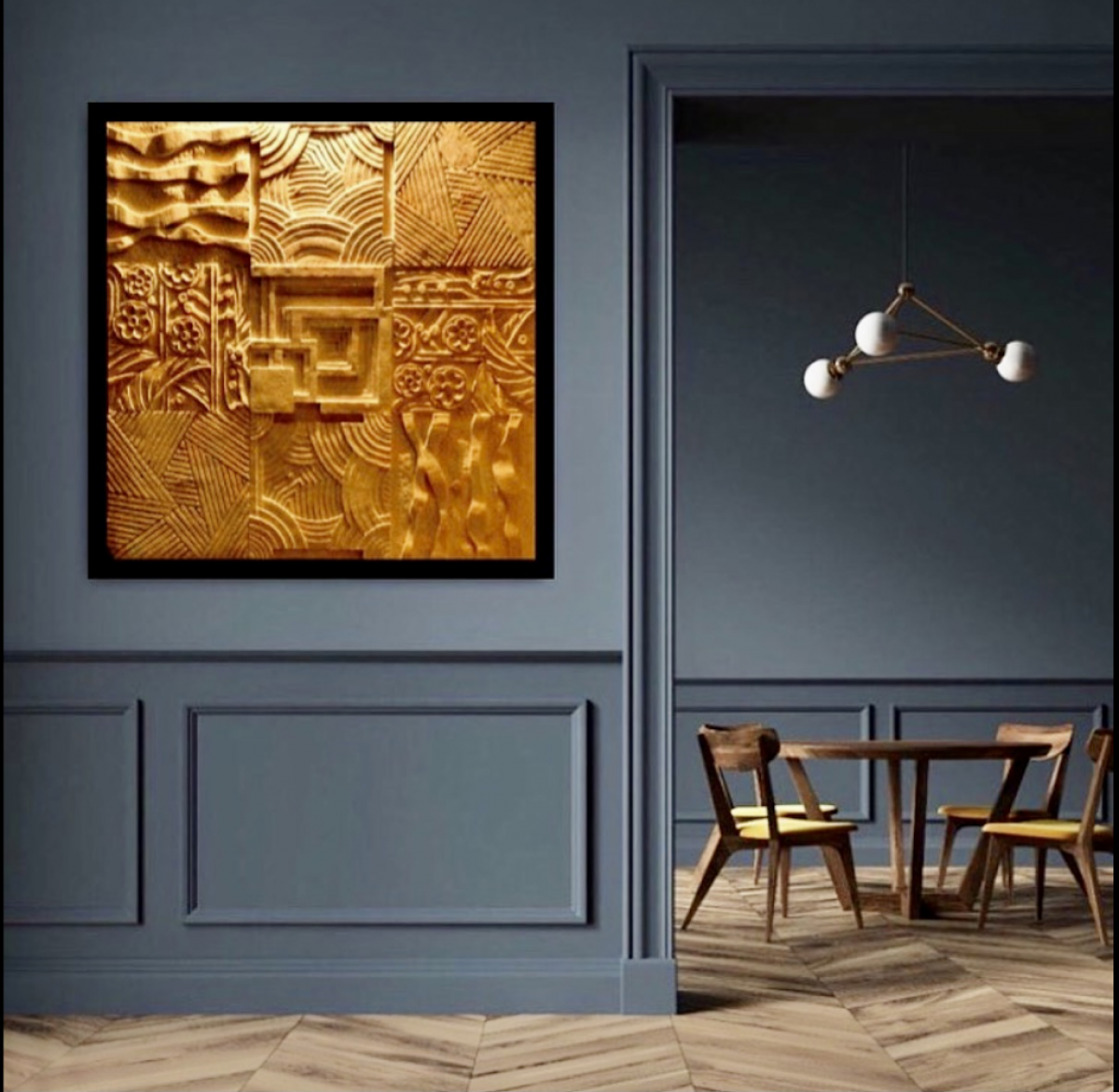
MINIMALISM IN ART DECOR
Minimalism refers more to a philosophy than to an aesthetic or period in time, relying on a simple mantra: Do more with less. Simple can be both beautiful and full of personality. But there’s so much more to minimalism than just its simplicity!
Minimalism is defined as a design or style in which the simplest and fewest elements are used to create the maximum effect. Minimalism had its origins in the arts—with the artwork featuring simple lines, only a few colours, and careful placement of those lines and colours. Minimalist art exists as a pure form of beauty due to its tendency to be it's own rather than stand as a replica. Therefore, it can also be seen as representing such qualities as truth, order, simplicity and harmony. minimalism, is, basically, simplicity.
HISTORY OF MINIMAL ART
Minimalism’ began as a movement after the period of World War II, in the 1960s and 1970s. The influence then spread to America in that same period. Minimalists distanced themselves from the Abstract Expressionists by removing suggestions of biography from their art or, indeed, metaphors of any kind. This denial of expression coupled with an interest in making objects that avoided the appearance of fine art led to the creation of sleek, geometric works that purposefully and radically eschew conventional aesthetic appeal. Minimalists created works that resembled factory-built commodities and upended traditional definitions of art whose meaning was tied to a narrative or the artist. Artists that have been associated with ‘Minimalism’ are some of the most renowned artists, including Donald Judd, John McCracken, Agnes Martin, Dan Flavin, Robert Morris, Anne Truitt, and Frank Stella.
MINIMALISM IN DECORATING
Minimalism in decorating brings balance to the space, allowing each piece to shine. Taking away from any biography or story, minimalist artists focus on the work itself as it appears. Art enthusiasts began to experience artwork on new levels, where the material, light, scale, and even movement of the work were part of its creative nature. Commercial use of minimalist art has aided in its popularity and use, as businesses and public spaces could be filled with art without making any statement, whether it be emotional, cultural, or political.
THE ART OF KEEPING IT SIMPLE
Contrary to what some people think, there aren’t any actual rules to minimalism. There’s no official board of minimalism to determine whether or not you’re doing minimalism right. Minimalism indeed looks different for everyone. Minimalist painter Frank Stella famously said about his paintings ‘What you see is what you see’.
Visual art is often seen as a form of expression or means of conveying a message, an emotion or feeling, or even an alternative perspective of the real world. The idea that came with minimalism in visual art is that the concept is an extension of the abstract idea that art should have its reality and not represent something. However, with minimalism, there is no trying to attempt to make or represent an outside reality; the artist wants the viewer to respond only to what is in front of them – the medium, from which it is made, and the form of the work is the reality.
Minimalist art is characterized by several factors: